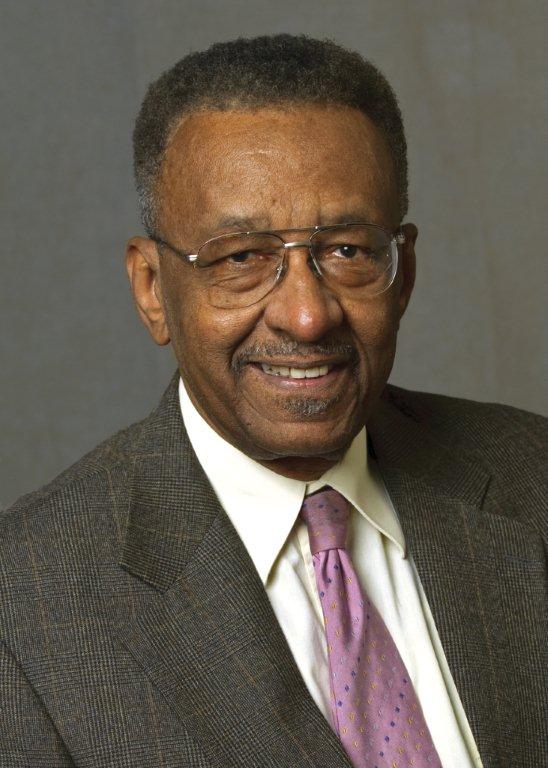The recent U.S. Supreme Court ruling in Grutter vs. Bollinger permits colleges to award a “plus” to black, Hispanic and American Indian student applications for admission. As sure as night follows day, we can expect racial fraud. You can bet the rent money that the number of white students identifying themselves on their applications as black, Hispanic and American Indian is going to rise.
Take the Michigan Law School application. It requests, in part, that you choose “one race or ethnicity that you think best applies to you. Your decision to answer or not answer this question will not influence law school’s decision on admission.” Thus, the only proof required of membership in a preferred race is self-identification. People lie about many things to gain an advantage, and they’ll lie about their race, too. In 1990, there was a highly publicized case of racial lying. Two Malone brothers, who are white, took the Boston Fire Department test; they weren’t hired because of low scores. Shortly thereafter, the Boston Fire Department was handed a consent decree mandating racial preferences. The Malones retook the test, this time identifying themselves as black. Their scores still weren’t high enough to be hired as white, but they qualified under the lower standards for blacks and were hired. They worked for 10 years, until their lie was discovered during a promotion proceeding and they were fired. When South Africa instituted its racial spoils system, it anticipated the possibility of racial fraud and enacted the Population Registration Act of 1950, which racially classified its entire population. The Act laid down race definitions so as to thwart people, mostly “Coloureds,” from faking it. For example, it defined a white person as one who “in appearance is obviously a white person who is generally not accepted as a colored person; or is generally accepted as a white person and is not in appearance obviously not a white person.” Despite careful attempts to define race, there were difficulties. A person charged with doing something prohibited to a native might claim he had some white blood. The Population Registration Act provided that a person aggrieved by a racial determination could appeal to a tribunal known as the Racial Classification Appeal Board. The act also provided that a third party could bring complaints as to a person’s racial classification, but with strong penalties for frivolous objections to another’s racial classification. The Grutter vs. Bollinger decision might require that universities not only have affirmative action, diversity and multiculturalism offices, but racial classification offices as well, with genealogical and DNA capacity. Why? Early in our history, we had the “one drop rule” that decided one’s eligibility to benefit from our racial spoils system. A person was deemed black if he had one drop of black blood. Some states had the one-thirty-second rule, whereby if you had one black great-great-great-grandparent, you were black. It’s conceivable that genealogical and DNA evidence might be the only way that white-looking college students will be able to exonerate themselves at college racial classification hearings if charged with racial faking. Racial faking isn’t a one-way street. A study in the May 1947 American Journal of Sociology estimated that at one time approximately 2,600 Negroes became white – “passed” – each year. If these people married white people, and raised families, who knows how many white people today qualify as black. It might be worthwhile for white parents to have genealogy studies as part of their children’s college preparation. Colleges will have to specify just what percentage of black blood makes one black. For example, in my own case, I am not entirely black; there’s a bit of Irish in me. Does that make me entitled to march in St. Patrick’s Day parades?
